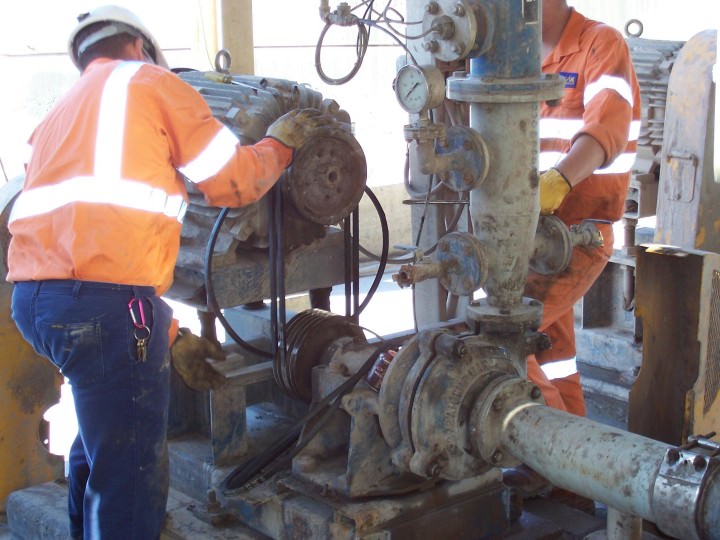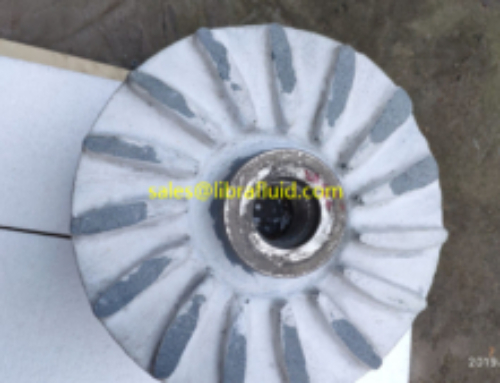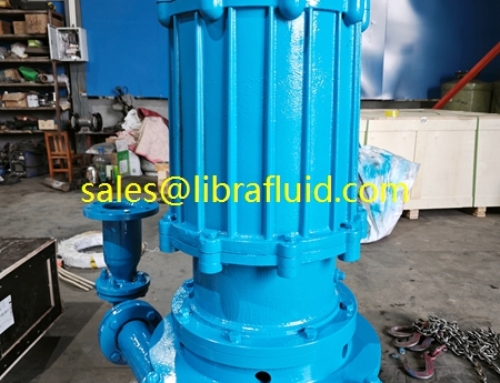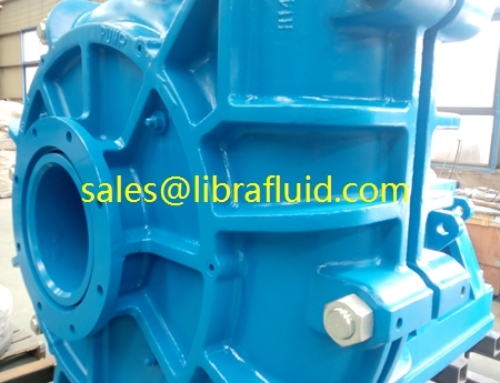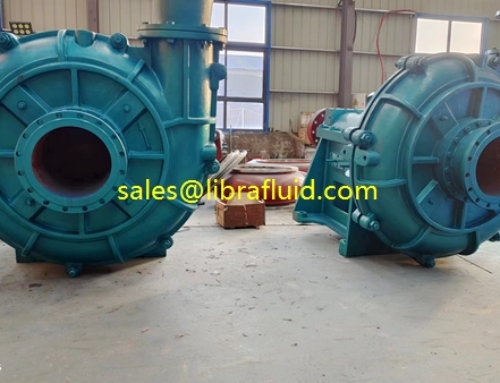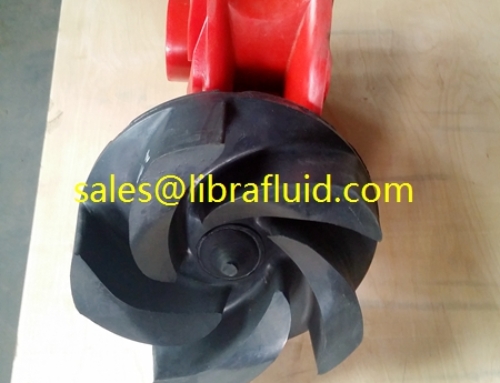IMPELLER REMOVAL
As the wear life of LIBRA wet end parts continues improving, the corresponding maintenance interval increases. Longer life and harsh duty conditions can result in the impeller to lock tighter on the shaft over time and make routine removal difficult.
Right way to remove slurry pump impeller from a slurry pump for routine maintenance can usually be accomplished by securing the impeller against rotation and applying reverse torque to the shaft through a spanner or lever attached to the overhead crane. A few sharp hits with a hammer will generally loosen the plug threads if they have been properly coated with anti-seize and two release gaskets were used.
WARNING!
Under no circumstances should heat be applied to the impeller! Air and moisture trapped in the internal cavity can expand and cause the impeller to explode!
WARNING!
Never operate the motor backwards to loosen or remove the impeller! This can result in mechanical damage and possible injury to personnel. Under the condition, when normal maintenance procedures could not remove the impeller, a technique using a drop bar and the impeller inertia can be used to break the threads loose lightly. The end of a weighted bar is lifted and allowed to drop, turning the impeller in the normal operational direction. When the end of the bar hits a stop plate on the floor, the shock of the sudden stop combined with the inertia of the impeller will generally loosen the plug threads.
Mild steel should be used. Fabricate a plate that bolts to the coupling half or sheave on the pump shaft. This can be made to attach in the gap between the coupling sections. Multiple bolt patterns will accommodate different pumps in the facility. Using a length of beam, plate or steel tubing, add the longest practical arm that will safely rotate from near vertical to the floor or other solid stop point. On the end of the arm add a weight which doubles as an impact face. For most slurry pumps, use about 180kg or a block about 600 x 255 x 150mm. A ring or other release point is installed on top. Be certain that all parts are welded adequately as the impact forces can be severe. If plate is used for the arm, it should have a brace or gussets to prevent bending.
Use proper safety practices and keep all persons away here. Place a steel plate on the impact area of the floor to avoid any other damage. Verify that the arm will rotate the impeller in the correct direction. Raise the arm with the overhead crane to a near vertical position and release it.
Allow the arm to drop and hit the plate. It may take multiple hits.
Once the slurry pump impeller is free to turn on the threads, install the impeller lifting device and complete the removal procedure.

